From Raven Ridge Wildlife Center
A call came in very early on Sunday morning regarding a Great Horned Owl in need of help. The owl was large and capable of flight but was extremely weak. The finder, Colleen, and her son attempted to contain the owl, but it managed to evade them. Colleen was able to send photos of the owl, clearly demonstrating that it was in distress. Our rehabilitator met Colleen at the exact location of the owl. Upon arrival, they found the owl perched in a tree, appearing very weak and having difficulty staying perched. It was soaked and had trouble keeping its wings close to its body. When approached, the owl flew across a cornfield while being chased by crows. It took flight again, remaining low to the ground until, in its weakened and exhausted state, it was finally captured safely.
Our rehabilitator was horrified by the owl’s physical condition and quickly identified the cause of its illness. The Great Horned Owl was suffering from a severe case of trichomoniasis (also known as frounce in raptors and canker in pigeons and doves), a contagious disease caused by a parasite that affects the upper gastrointestinal tract. This condition leads to lesions in the affected areas, including the mouth, and as it worsens, it can hinder the bird’s ability to eat, drink, and even breathe.
Thanks to Colleen for spotting this owl and collaborating with our center to get it the necessary treatment. We hope for a full recovery, although the prognosis is cautious due to the severity of the case.
Trichomoniasis is caused by the single-celled protozoan Trichomonas gallinae, which has several strains; some lead to clinical disease while others do not. This disease is primarily associated with pigeons and doves, but raptors can also be affected. On rare occasions, waterfowl and upland game birds may be infected. Domestic turkeys, chickens, and other captive birds can also contract the disease. Importantly, this protozoan is not known to infect humans. Trichomoniasis is one of the oldest known wildlife diseases with written records dating back to the 1500s. The protozoan responsible for the disease was not isolated until 300 years later.
The first photo sent to us by the finder. This was an owl in trouble.
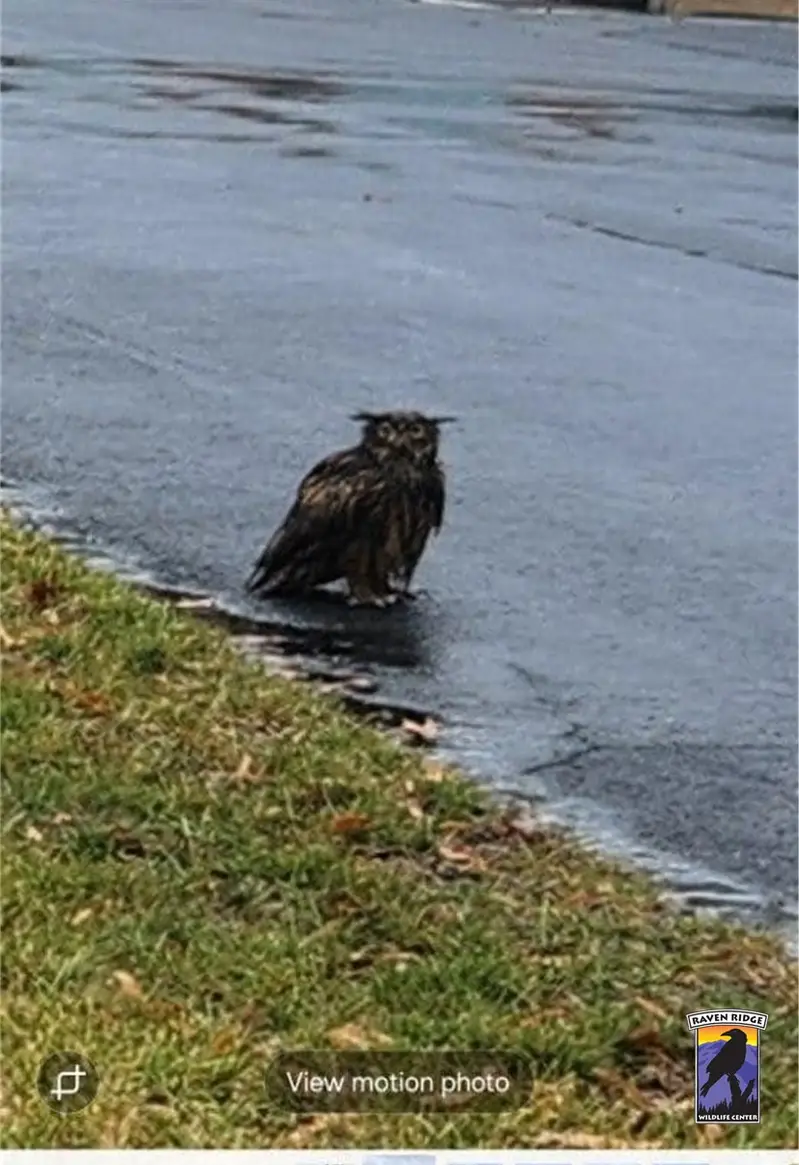
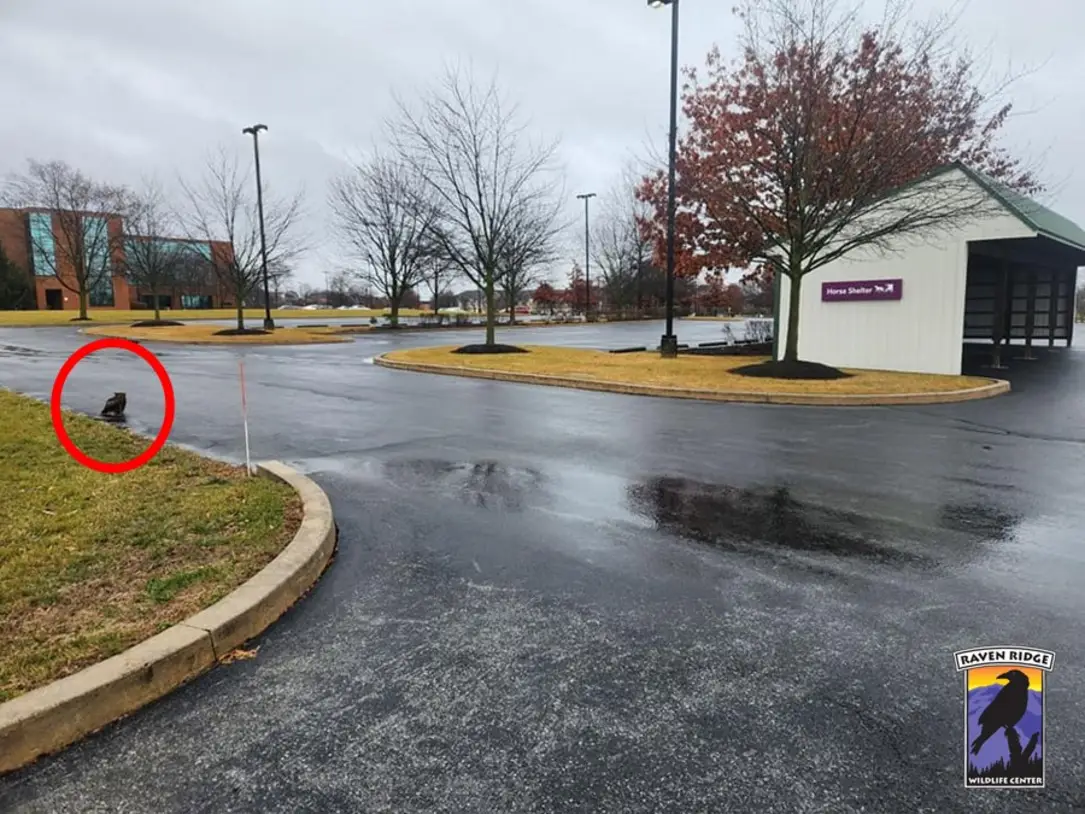
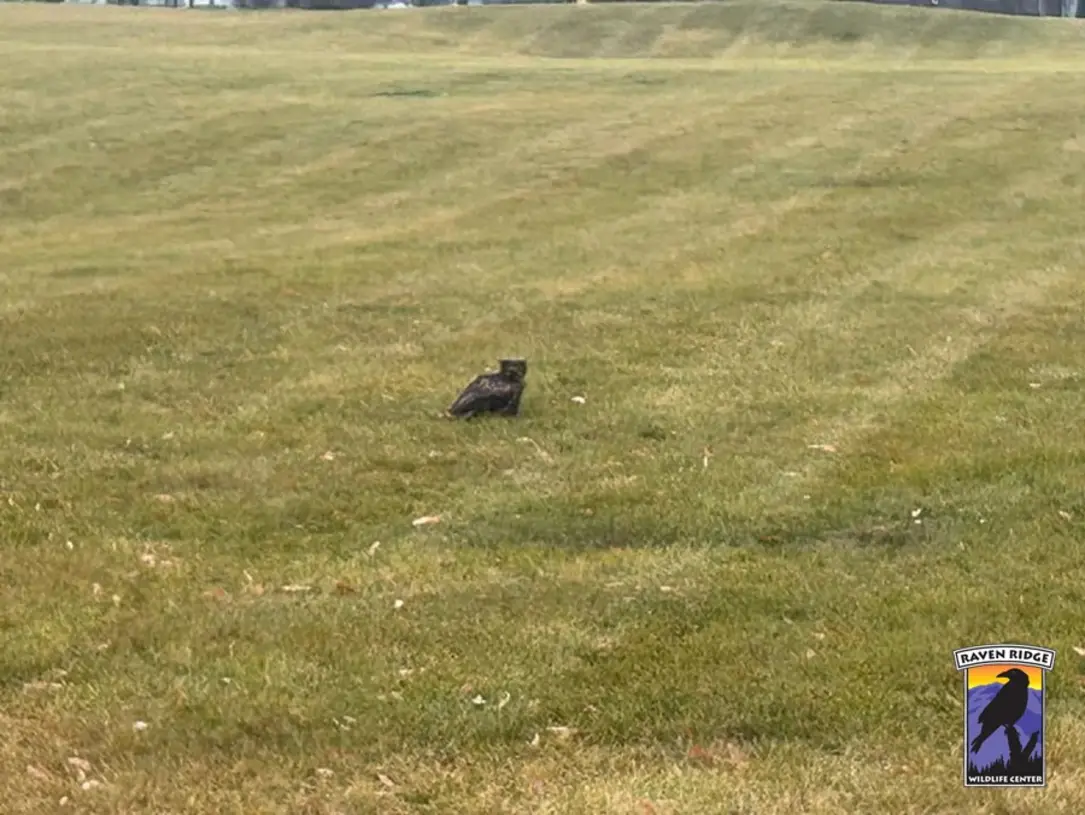
The owl was able to fly up into a tree.
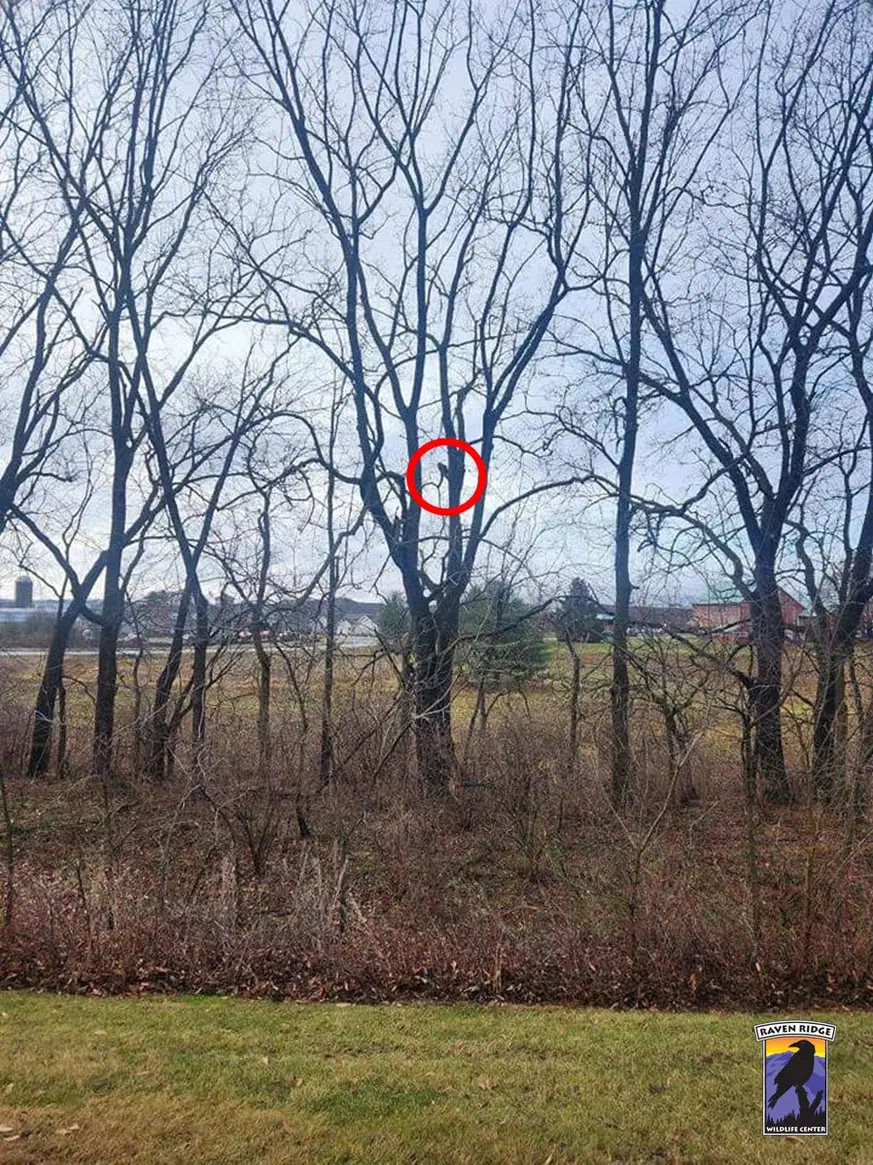
The owl flew out of the tree and across the field. Our Rehabber knew that this owl is in serious trouble and needed rescue.
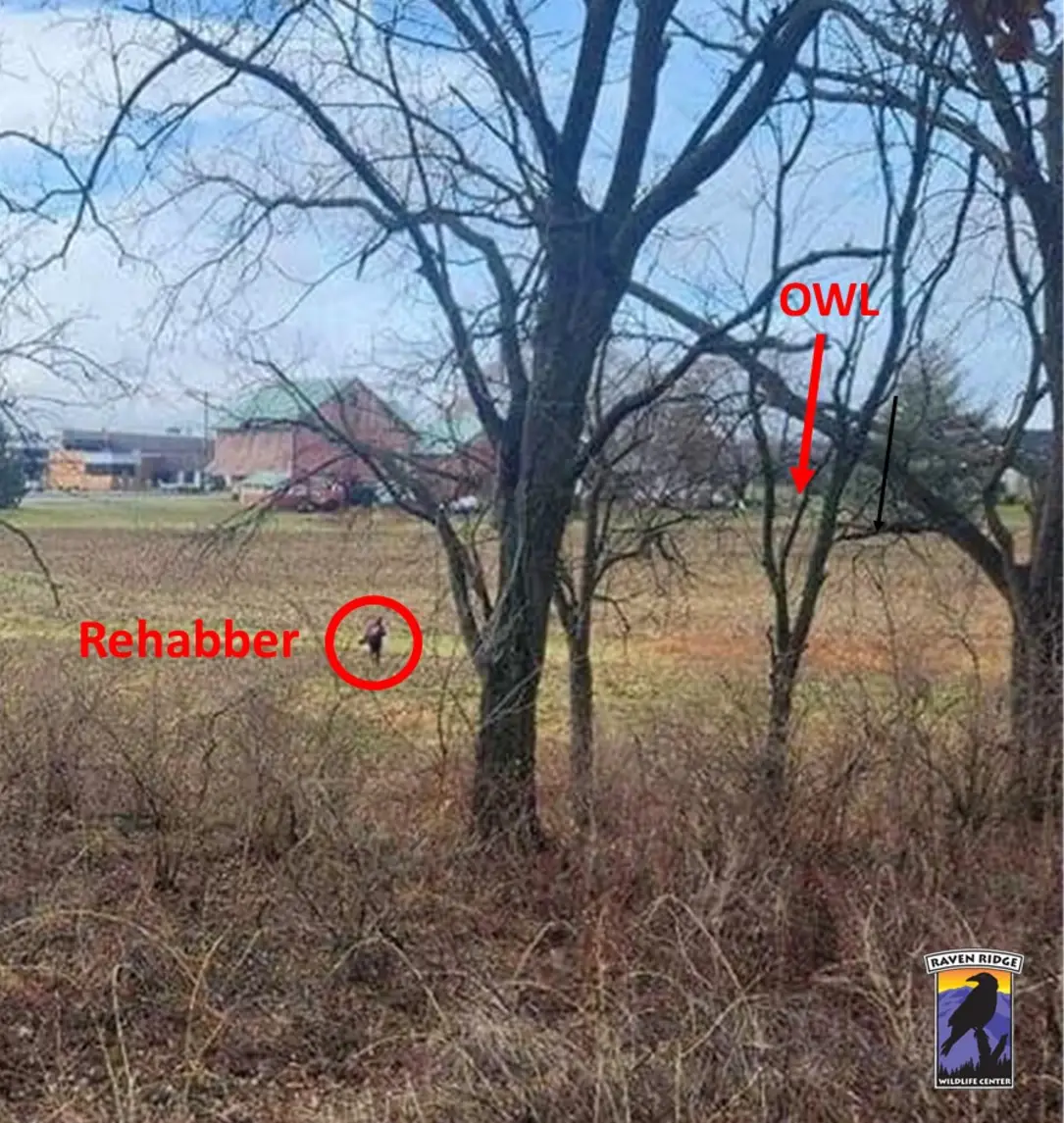
Finally able to contain the owl and head back to the center.
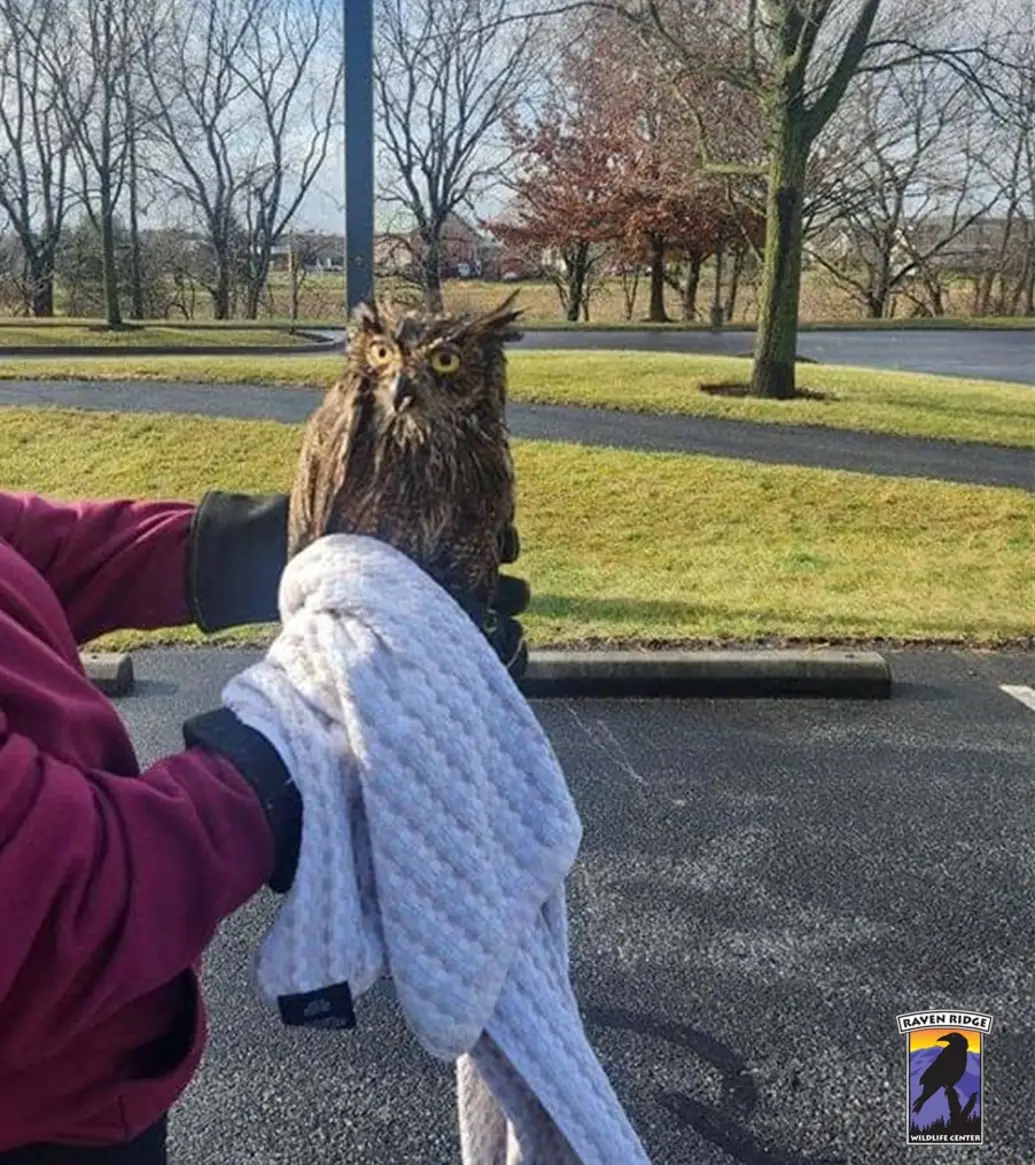
The illness photos
This is the large infected area and the owl is not able to close his mouth.
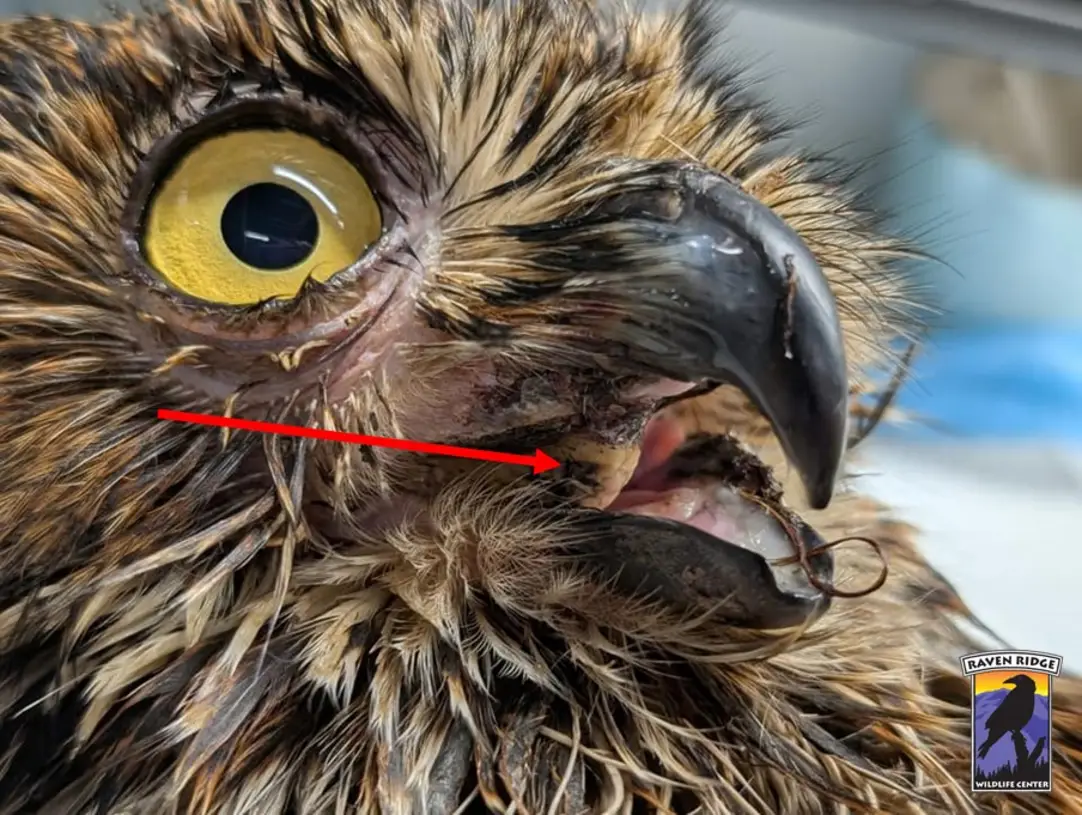
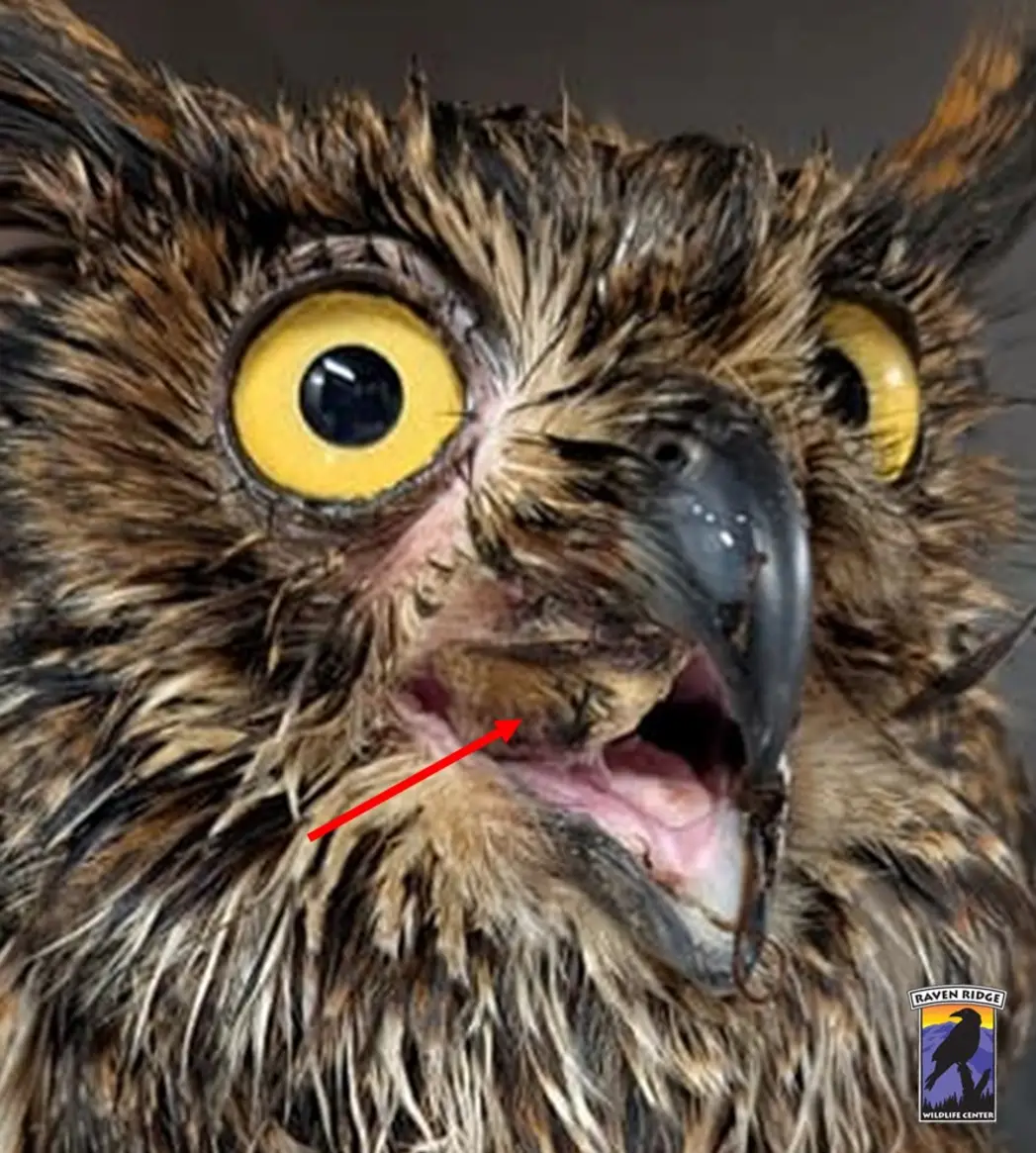
Very serious and being treated. We will not be able to tell the severity for a few days. We are guarded and hope the owl will pull though this.
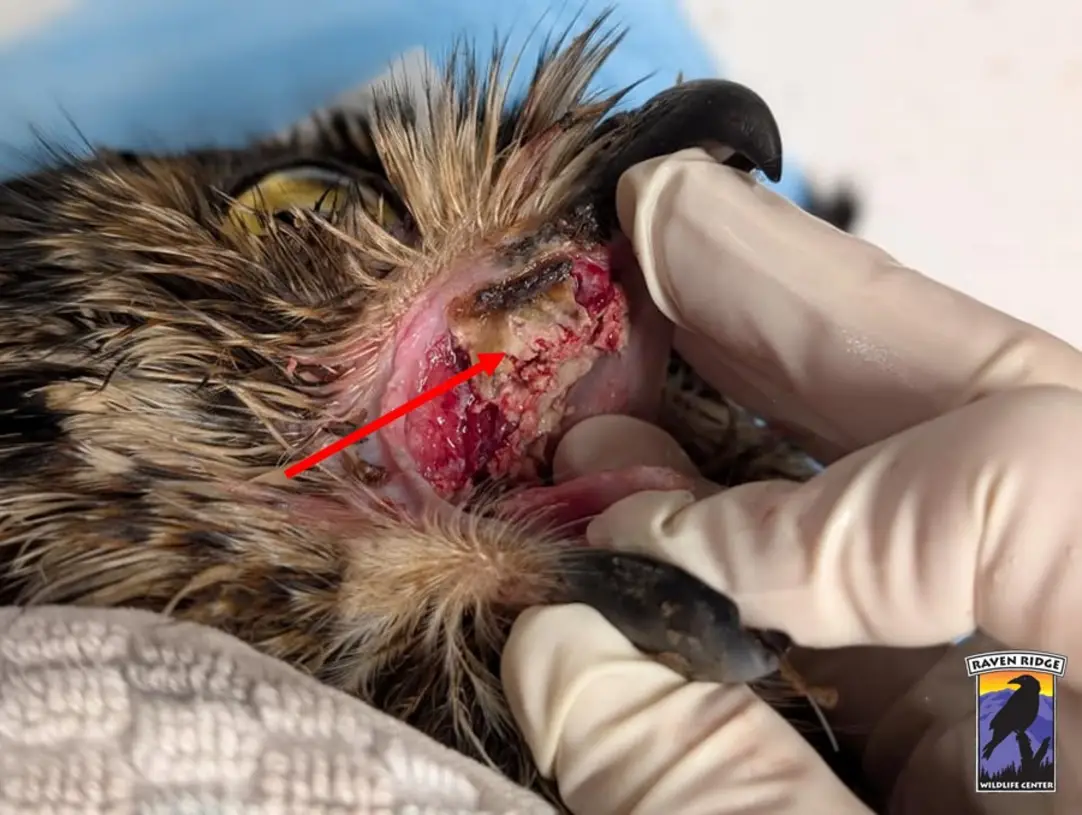
Cornell has a nice write up of the disease, its history, and more details of how it’s spread and prevention methods. Check that out here.
Excerpt:
Trichomonosis has been linked to population declines of European turtle doves and the extinction of the North American passenger pigeon. In the summer of 2005, outbreaks of trichomonosis in greenfinches and chaffinches in Great Britain occurred, resulting in mass mortalities and population declines. Outbreaks in finches have spread across Europe.
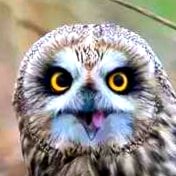
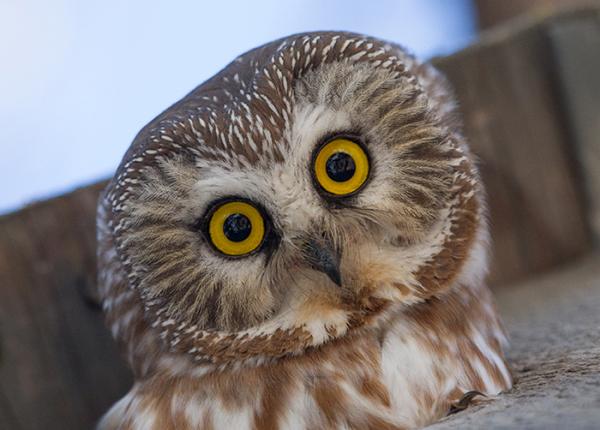
Wow, that is wild!
I was watching a PBS Eons the other day talking about how they found dino fossils with malignant cancer as well.
No matter how big, strong, technically advanced or whatever we multicellular organisms become, it seems those unicellular types can still show us who’s been around the longest!